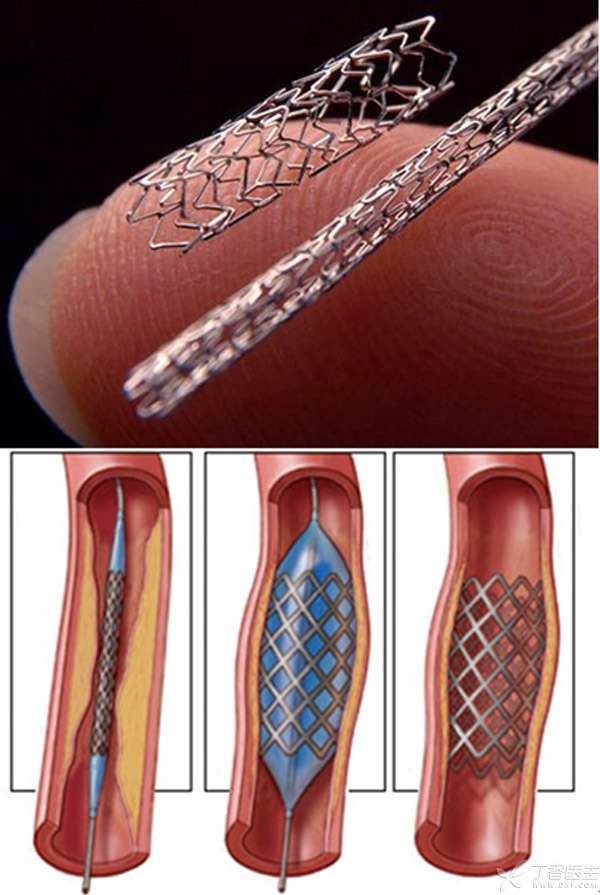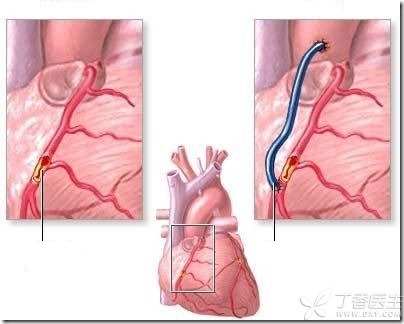
Two days ago, we refuted a rumor about myocardial infarction in the circle of friends. For details, please see here: The first aid method for heart disease, which is widely circulated in the circle of friends, is actually wrong!
Many friends asked, Dr. Clove, what should you do if you just say these are wrong?
How to suspect myocardial infarction?
First of all, and most importantly, call for help, take your cell phone with you at any time, call 120, open the door and set aside a rescue channel.
1. Take deep breaths slowly, control emotions and reduce activities to reduce the burden on the heart.
Lie flat or sit down to rest, relieve tension, in order to facilitate brain blood supply, can also avoid accidental injuries caused by falls.
2. Use nitroglycerin tablets carefully.
Myocardial infarction is different from angina pectoris. Nitroglycerin can relieve symptoms when angina pectoris attacks, but if myocardial infarction attacks, taking nitroglycerin is difficult to relieve pain.
If the blood pressure itself is relatively low, the disease will worsen after taking nitroglycerin. If the blood pressure is low, or the pulse beats weakly, dizziness, sweat, etc., it is not recommended to take nitroglycerin tablets blindly.
When determining that blood pressure is not low, taking nitroglycerin can help identify myocardial infarction. If taking it twice fails, it is likely to be myocardial infarction.
3. Salvia miltiorrhiza dripping pills have no definite effect on treating or relieving myocardial infarction. As for aspirin, whether to take it or not, let the doctor decide when the emergency doctor comes.
4. If conditions permit, it is a good way to inhale oxygen as soon as possible.
Possible Treatment Methods for Myocardial Infarction
1. Drug thrombolytic therapy
If the hospital with interventional operation conditions cannot be arrived at within 12 hours after the onset of the disease, the doctor will choose intravenous drip of drugs to dissolve thrombus and open up blood vessels supplying blood to the heart.
2. Interventional stenting
Many hospitals have conditions for cardiac interventional surgery. For patients within 12 hours of onset, doctors usually do angiographic examination to find out which blood vessel and which part is blocked, and can immediately aspirate thrombus or open blood vessels to treat myocardial infarction.
Sometimes doctors will suggest intervening to place the stent. The stent is like the one shown in the following figure. There is only a steel wire tube as large as between.

The doctor will probe a metal guide wire and catheter into the blood vessel of the patient’s radial artery (wrist) or femoral artery (thigh root), walk along the blood vessel, enter the coronary artery of the heart, and find the blocked part with the help of X-ray.
The catheter has an inflatable balloon, which can stretch a special metal tubular stent to resist the enlargement of coronary stenosis and allow the blood flow in this part to unblock again.
This therapy has remarkable effect on most patients with coronary heart disease, with less trauma and more mature technology.
3. Cardiac bypass grafting

This is an operation performed in the chest cavity.
Use a unobstructed blood vessel (often taken from the internal mammary artery of the patient’s own thoracic cavity or the great saphenous vein on the lower leg, or simply have artificial blood vessels to choose) to connect the upstream and downstream of the blocked blood vessel, so that the blood bypasses the stenotic or blocked artery, and the already ischemic myocardium can obtain sufficient blood supply.
Risk Factors of Myocardial Infarction
At the age of more than half a century, you still smoke and drink a lot of alcohol, which are all high-risk factors for cardiovascular diseases. However, a high-salt and high-fat diet will also increase the risk of myocardial infarction.
In addition, winter is the season of high incidence of cardiovascular diseases. Cold temperatures will cause blood vessels to contract violently to prevent heat dissipation, which will lead to an increase in blood pressure and the heart will have to exert more strength every time it beats. Once the mood is excited, coupled with strenuous exercise, the heart will eventually be unable to bear it.
Therefore, at the end of the article, acute myocardial infarction is a critical disease that patients cannot handle by themselves and has a high mortality rate. Don’t blindly trust the treatment methods circulated on the Internet.
For people with a history of heart disease or those with the above risk factors, it is recommended to consult a doctor, develop healthy living habits and master correct coping strategies.
In case of illness, treat it scientifically and see a doctor as soon as possible.
